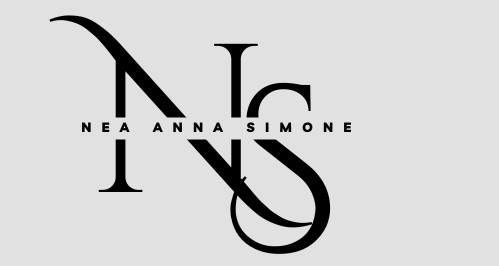
Audrey Hepburn was an icon.
Rising to fame in the 1950s, she was one of the greatest actresses of her era. In 1953, Hepburn became the first actress to win an Academy Award, a Golden Globe Award, and a BAFTA Award for a single performance: her leading role in the romantic comedy Roman Holiday.
Even today, over half a century later, she remains one of just 15 people to earn an “EGOT” by winning all four major entertainment awards: Emmy, Grammy, Oscar, and Tony. By the 1960s, she was averaging more than one new film per year and, by everyone’s estimation, she was on a trajectory to be a movie star for decades to come.
But then something funny happened: she stopped acting.
Despite being in her 30s and at the height of her popularity, Hepburn basically stopped appearing in films after 1967. She would perform in television shows or movies just five times during the rest of her life.
Instead, she switched careers. She spent the next 25 years working tirelessly for UNICEF, the arm of the United Nations that provides food and healthcare to children in war-torn countries. She performed volunteer work throughout Africa, South America, and Asia.
Hepburn’s first act was on stage. Her next act was one of service. In December 1992, she was awarded the Presidential Medal of Freedom for her efforts, which is the highest civilian award of the United States.
We will return to her story in a moment.
Efficient vs. Effective
You get one, precious life. How do you decide the best way to spend your time? Productivity gurus will often suggest that you focus on being effective rather than being efficient.
Efficiency is about getting more things done. Effectiveness is about getting the right things done. Peter Drucker, the well-known management consultant, once encapsulated the idea by writing, “There is nothing so useless as doing efficiently that which should not be done at all.”
In other words, making progress is not just about being productive. It’s about being productive on the right things.
But how do you decide what the “right things” are? One of the most trusted approaches is to use the Pareto Principle, which is more commonly known as the 80/20 Rule.
The 80/20 Rule states that, in any particular domain, a small number of things account for the majority of the results. For example, 80 percent of the land in Italy is owned by 20 percent of the people. Or, 75 percent of NBA championships are won by 20 percent of the teams. The numbers don’t have to add up to 100. The point is that the majority of the results are driven by a minority of causes.
The Upside of the 80/20 Rule
When applied to your life and work, the 80/20 Rule can help you separate “the vital few from the trivial many.”
For example, business owners may discover the majority of revenue comes from a handful of important clients. The 80/20 Rule would recommend that the most effective course of action would be to focus exclusively on serving these clients (and on finding others like them) and either stop serving others or let the majority of customers gradually fade away because they account for a small portion of the bottom line.
This same strategy can be useful if you practice inversion and look at the sources of your problems. You may find that the majority of your complaints come from a handful of problem clients. The 80/20 Rule would suggest that you can clear out your backlog of customer service requests by firing these clients.
The 80/20 Rule is like a form of judo for life and work. By finding precisely the right area to apply pressure, you can get more results with less effort. It’s a great strategy, and I have used it many times.
But there is a downside to this approach, as well, and it is often overlooked. To understand this pitfall, we return to Audrey Hepburn.




